Varieties and types of eustoma for growing from seeds, planting and care features
Eustoma (lisianthus, or Irish rose) is an unusually beautiful flower. It is grown in the garden, greenhouses or at home as a pot culture. Delicate, like a rose or a terry poppy, it charms and delights at first glance. Growing eustoma from seeds at home is not an easy process, it requires special conditions and careful preparation of the planting site, careful and careful care.
Eustoma varieties for growing at home
Elegant eustoma bushes usually reach a height of 70 cm. Tall varieties bred by breeders - up to a meter or more - are intended for open ground flower beds. Low-growing, about 30 cm tall, grown as a flowering indoor plant.
The flowers of lisianthus terry varieties are similar to a rose, simple - to a poppy, corollas are painted in pastel white, cream, purple and other tones. Stems and narrow lanceolate leaves are green with a bluish tinge.
Eustoma varieties for home breeding are divided into two groups - annuals and biennials.
Novice growers should opt for Russell's annual eustoma, since caring for varieties and hybrids of the species is easier.
Let's list the popular varieties and series of eustoma for the home.
- Mermaid - dwarf ruler, up to 15 cm high. Simple flowers with a diameter of 5-6 cm are painted with delicate shades of white, pink, purple and blue. The variety bushes well without additional pinching.
- Little bell - 15 cm tall, with simple, funnel-shaped flowers. The color is varied. Pinching is not required.
- Fidelity - domestic variety up to 20 cm high. White simple flowers are located on the peduncle in a spiral.
- Florida Pink - each peduncle forms a neat, even bouquet of delicate pink flowers about 25 cm high.
- Sapphire - the result of the work of domestic breeders. Height about 15 cm, flowers are one- and two-color.
- ABC - a line of double-colored hybrids of pink, purple and blue color. Height is about 1 m.
- Echo - a variety series of terry Lisianthus up to half a meter high, painted in cream, blue, pink, yellow and other tones.
When buying seeds, pay attention to the manufacturer's information: height - up to 30 cm, one- or biennial.
The main rules for growing eustoma
A native of hot humid forests requires special conditions for full development and lush flowering.
- Lighting needs bright, diffused. The best option is to place pots on the windows (closed loggias and balconies) in the east, west or south direction. In the midday heat, the plants are shaded.
- Content temperature - room temperature. When growing biennial and perennial varieties in winter, the temperature regime is maintained within 10-15 ° C. Eustoma blooming in winter for a dormant period provides a temperature below room temperature by 2-5 ° C.
- The room where the eustoma is located should be regularly ventilated, but without drafts.
- The substrate is light, fertile, neutral. From purchased soils, a soil mixture is suitable for flowering perennials, better for violets (Saintpaulias). They independently prepare a substrate from garden soil, sand, perlite, humus and lime (3: 3: 3: 3: 1).
- The growing pot should not be too large - 2-2.5 liters. The golden rule for all indoor crops - the height of the pot is equal to a third of the height of the plant - also applies to lisianthus. The material of the pot does not play a special role, the main thing is that there are drainage holes. Drainage layer at least 2 cm.
- If medium and tall varieties are chosen for growing at home, they will need support.
When and how to plant seeds?
An excellent eustoma can only be propagated by seeds: not a single vegetative method works. The root system instantly and extremely negatively reacts to any intervention, cuttings separated from the mother plant die before they can take root.
For sowing, only fresh seeds are chosen, they are planted immediately after purchase.
The optimal time for sowing seeds is considered the end of winter - the beginning of spring. After about four months, the Lisianthus will bloom. Experienced growers believe that any time is suitable for indoor conditions, the decisive factor is the desired flowering period. For example, for winter decoration of the room, seeds are sown at the end of July.
Seed sowing and care technology
- The substrate, previously disinfected, is laid out in a seedling container with a drainage layer, leveled, slightly compacted, moistened.
- The seeds are spread over the surface and lightly pressed into the ground with your fingers.
- Crops are moistened through a spray bottle.
- Tighten the seedling container with a transparent film with several small holes for air circulation.
- The air temperature is maintained at least 20 ° C.
- To increase the germination of seeds and accelerate the emergence of seedlings, light up to 12 hours.
- After the emergence of seedlings, they are sprayed with "Fitosporin".
Eustoma seeds sold in specialized stores have been pretreated to increase germination, protect against disease and stimulate germination. Additional treatment is not only unnecessary, but can also lead to seed death.
You can also sow eustoma seeds in peat tablets. They are soaked, placed in a mini-greenhouse. Three seeds are laid out on each tablet, they are slightly pressed down with a toothpick or a match.
Eustoma shoots usually appear by the end of the second week. Further growth is very slow: first of all, the plant grows roots, so the first leaves are formed in a month.
Seedling care
Daily airing of the mini-greenhouse (from 20 minutes on the first day) begins from the moment the shoots appear. Condensate is removed at the same time.
Watering is carried out when the substrate along the edges of the seedling container dries slightly (usually every two weeks). Water only in the morning along the edges of the seedling container. Periodically watering is carried out with a solution of "Fitosporin" or "Fundazol".
Top dressing at this stage is carried out foliar - every 10-12 days spraying with stimulants - "Energen", "Agat", EM-preparations is used. You can use "Epin" or "Zircon" once.
The first pick is carried out at the stage of 2-3 leaves. At this age, the root system is able to tolerate external interference, but you need to act very carefully. For a dive, it is better to use an awl.
Seedlings on peat tablets are left without replanting.
Seedlings are planted in pots when 2-3 pairs of true leaves are formed, 2-3 seedlings each. Planting seedlings in large containers instead of the first pick is acceptable.
The above technique is fully consistent with the method of growing eustoma for the garden. Differences in terms: seeds of garden varieties are sown from the second half of December, seedlings are planted in open ground when stable warm weather is established. Moreover, as the seedlings grow, they are transplanted by transshipment into larger pots.
Room eustoma care
The success of growing and lush eustoma flowering at home is completely determined by the thoroughness of plant care.
Water regularly, in moderation, strictly at the root. Water for irrigation is taken only soft, standing for at least 2 days, at room temperature. Water the flowers in the morning so that random drops of water that fall on the leaves have time to dry in the evening.
The need for watering is determined by the state of the top layer of the soil in the pot: it has dried up 2-3 cm deep, which means it's time to water.Excess water that has drained into the pan is immediately removed.
High humidity is maintained either with a standard indoor humidifier or by placing wide-necked containers of water next to the pots. It is impossible to spray indoor eustoma, since the procedure leads to various fungal diseases and the death of the plant.
Top dressing begins with the formation of peduncles. Experts advise using ready-made water-soluble formulations for flowering indoor plants: Agricola, "Kemira", "Fertika". They are prepared according to the manufacturer's instructions, used every two weeks.
Faded inflorescences are immediately removed so as not to disturb the decorative effect of the plant and to stimulate the formation of new flower buds.
Biennial and perennial indoor eustomas require a dormant period for flowering to resume. Preparation for dormancy consists in removing faded inflorescences and shortening the stems to 2-3 internodes.
It will be helpful to regularly loosen the soil with the addition of a small amount of wood ash.
Lisianthus rests at a low temperature, at least 2-5 ° C below normal. Watering is reduced, making sure that the substrate does not dry out. There is no need to feed. The duration of the rest is at least 3 months. The dormant period ends with transfer to a fresh substrate, return to warmth and resumption of normal care. If the “vacation” has gone well, the re-flowering will be no less abundant than the first.
Diseases and pests
Abundant watering, especially at low temperatures, almost always leads to the defeat of Lisianthus by fungal diseases - root rot, fusarium, powdery mildew. For treatment, antifungal drugs are used (Fundazol, Ridomil Gold, etc.) in accordance with the instructions until the flower is completely healed. If the treatment does not give a positive result, the plant is disposed of.
Experienced growers recommend prophylaxis, usually 2-3 times between rest periods for biennial and perennial plants, or per season for annuals. It is advisable to use drugs different each time.
The diseased plant is immediately isolated and the necessary growing conditions are restored.
A common problem with eustoma at home is the fall of unopened buds. The main reasons for the trouble are as follows.
- When airing, the plant pot is in a draft. You need to either move it to the side, or use a protective screen, at least a newspaper.
- Cold water for irrigation.
- Transfer (transshipment) during the budding period.
- The air is too dry.
- Lack of illumination. During flowering and in preparation for it, the duration of daylight hours should not be less than 12 hours.
- The air temperature is too high. The upper limit is + 25 ° С, but a lower indicator is desirable - 18-20 ° С.
Pests do not particularly like eustoma because of the bitter juice. However, an attack by a spider mite, whitefly or aphid is possible. To combat them, insecticides "Aktara", "Aktellik", "Fitoverm" and home remedies - infusions of onion or garlic husks, tobacco, etc., are used.
Growing eustoma at home is not the easiest thing. Especially a lot of trouble is caused by the germination of seeds - further care, as the growers assure, is much easier. But an elegant, exquisite flower deserves special attention when growing it from seeds on its own.
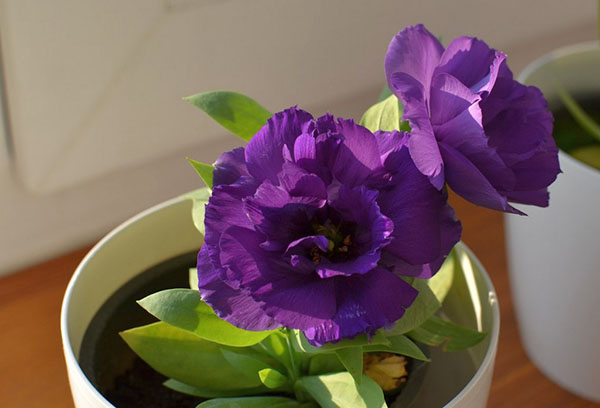
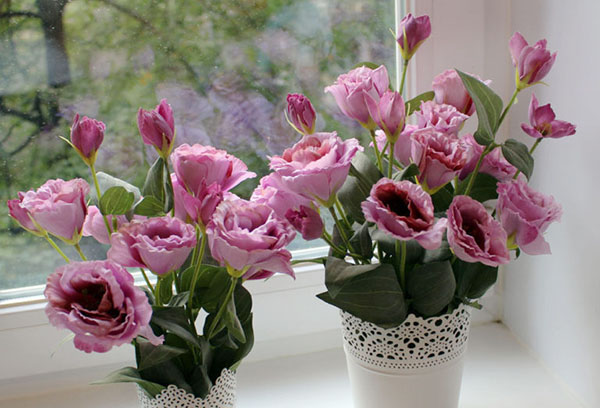

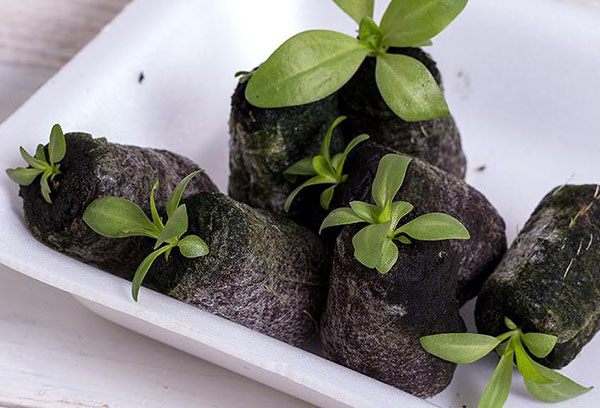
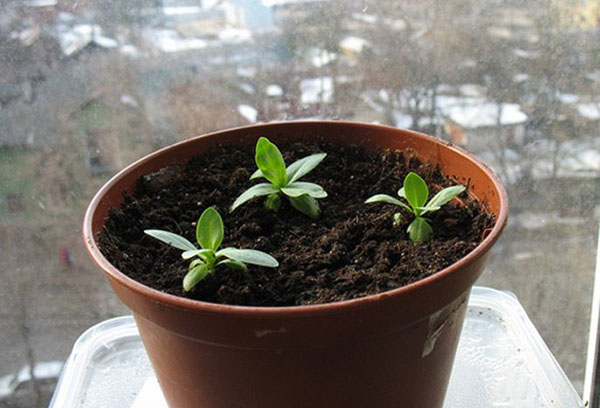

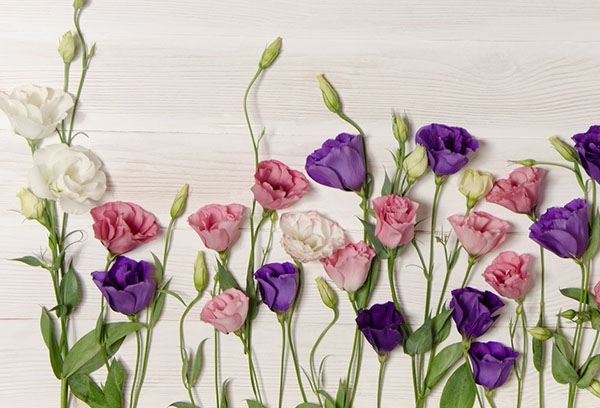
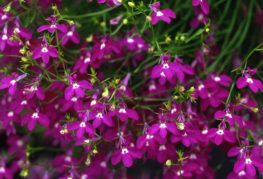
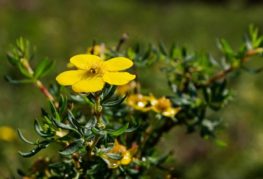

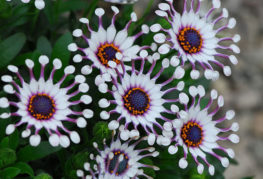
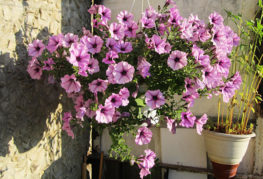
and will be published shortly.